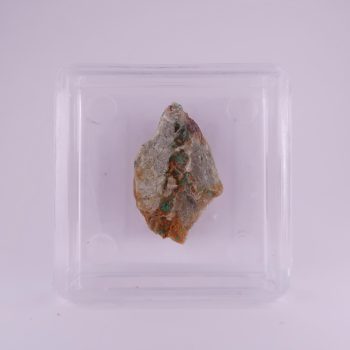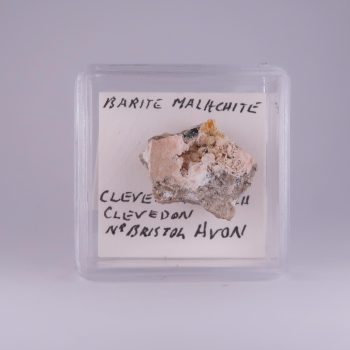Malachite
Malachite is a gorgeous green banded ore of Copper, which has been found occurring around the world. Deposits in the UK at the Great Orme have been mined for thousands of years, with Bronze Age activity found on site.
While some rare specimens from the Orme do still come to market (I have some!) as far as I am aware, commercial mining has long since stopped, and most of the Orme is a SSSI.
Most of the Malachite mined today comes from Africa, especially the Congo. It is often associated with Chrysocolla, a blue-green ore of Copper. Combined, they are sometimes given the trade name ‘Malacolla’, but I personally just refer to them as ‘Chrysocolla with Malachite’ or ‘Malachite with Chrysocolla’ depending on the quantity of each.
Malachite takes an incredible polish. It’s primary use, of course, is as an ore for Copper, but attractive pieces are often polished or tumbled. Carved bowls, cabochons and tumblestones are relatively common display items cut from Malachite.
Showing all 36 results
-
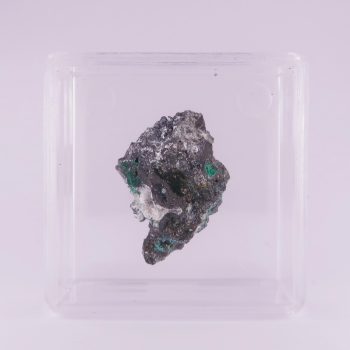
Anglesite and Malachite from Meadowfoot Smelter, Scotland
£5.00 -
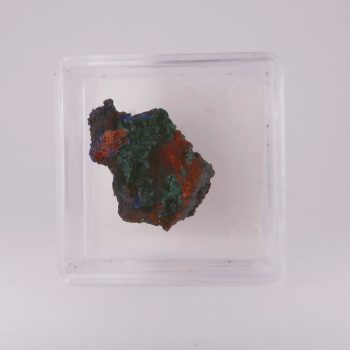
Azurite and Malachite from Hilarion Mine, Greece
£10.00 -
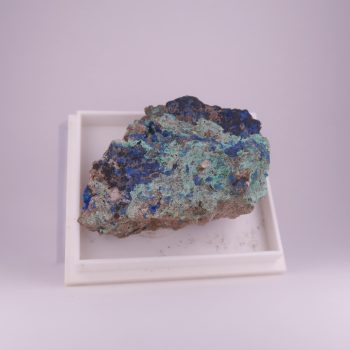
Azurite and Malachite from Nether Kellet, Lancashire
£7.50 -
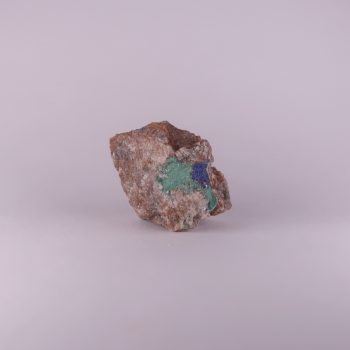
Azurite and Malachite from Ting Tang Mine, Cornwall
£2.50 -
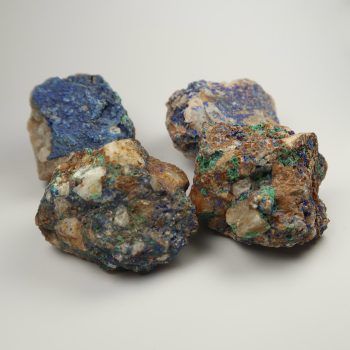
Azurite and Malachite Specimens
Price range: £1.50 through £35.00 -
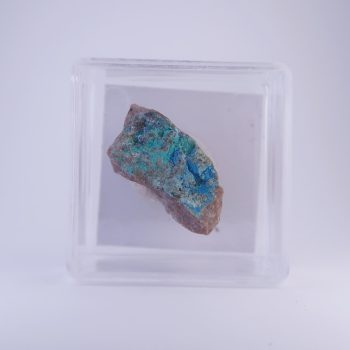
Carbonatecyanotrichite, Malachite, Cerussite and Linarite from Wedding Cave Mine, Wales
£20.00 -
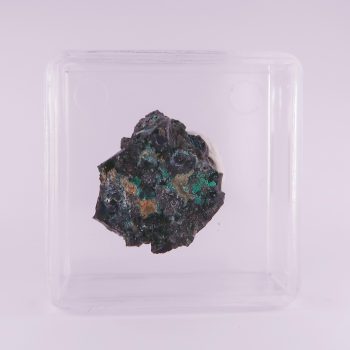
Cerussite and Malachite from Meadowfoot Smelter, Scotland
£3.50 -
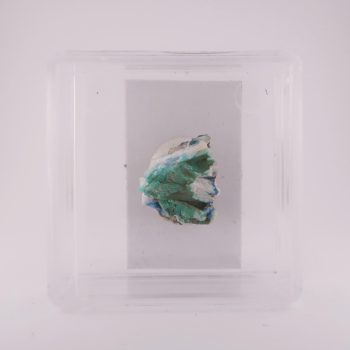
Cerussite, Azurite and Malachite from Tynagh Mine, Ireland
£10.00 -
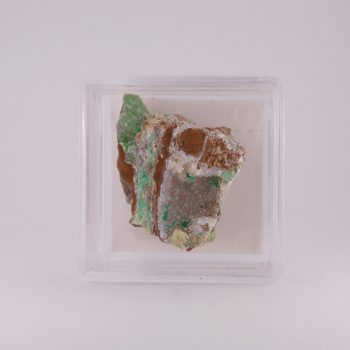
Duftite, Malachite, and Tripuhyite from Lavrion Mining District, Greece
£10.00 -
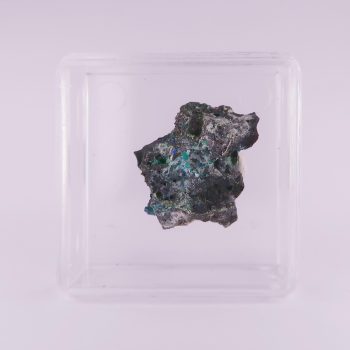
Lautenthalite and Malachite from Meadowfoot Smelter, Scotland
£7.50 -
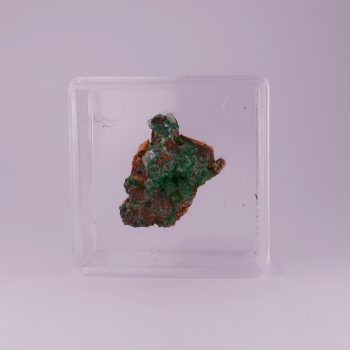
Malachite and Calcite from Great Orme, Wales
£5.00 -
New
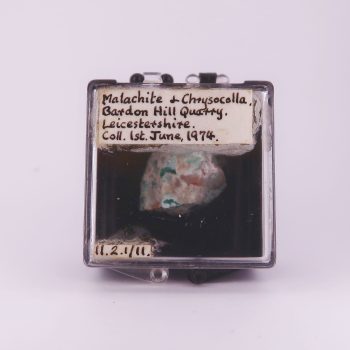
Malachite and Chrysocolla from Bardon Hill Quarry, Leicestershire
£15.00 -
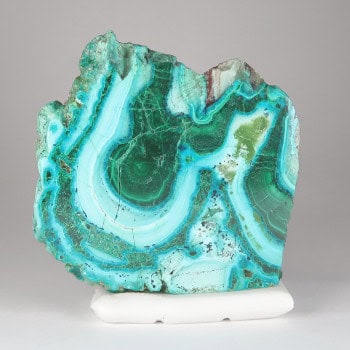
Malachite and Chrysocolla polished slices
Price range: £2.50 through £4.50 -
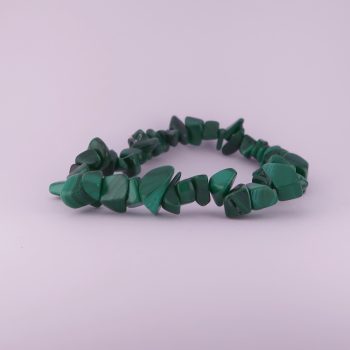
Malachite Bracelets
£3.50 -
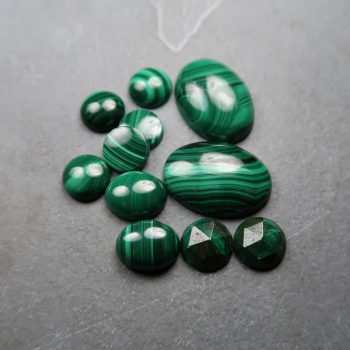
Malachite Cabochons
Price range: £1.30 through £7.00 -
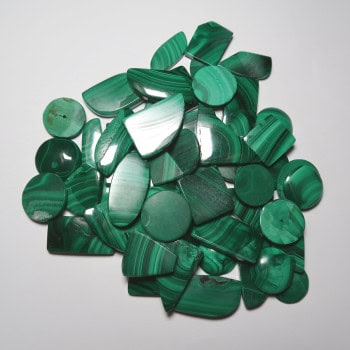
Malachite Cabochons (Freeforms and Parcels)
Price range: £6.00 through £10.00 -
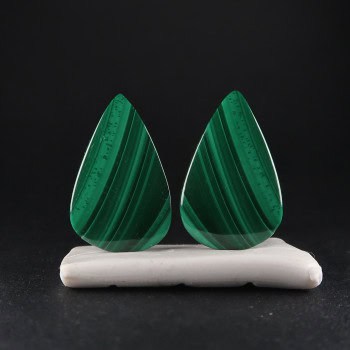
Malachite cabochons (Pairs)
Price range: £7.50 through £10.00 -
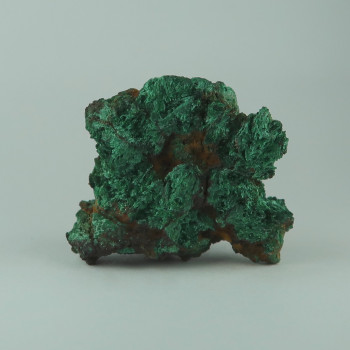
Malachite from Bou Beker, Morocco
£7.50 -
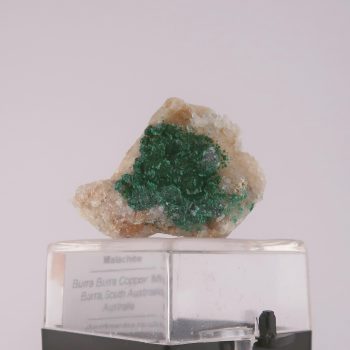
Malachite from Burra Burra Copper Mine, Australia
£20.00 -
New

Malachite from Cannington Park Quarry, Somerset
£10.00 -
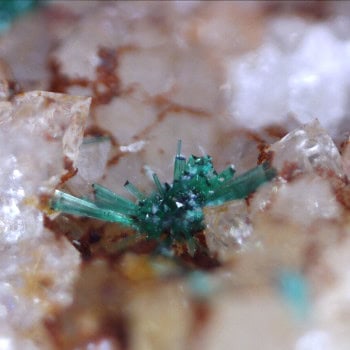
Malachite from Castor Mine, Germany
£25.00 -
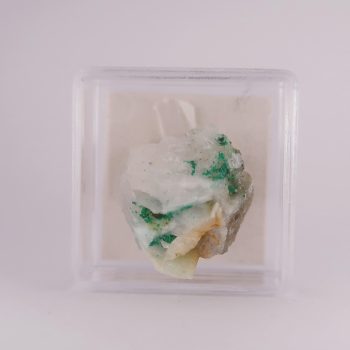
Malachite from Clara Mine, Germany
£10.00 -
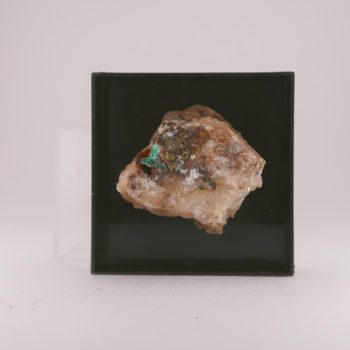
Malachite from Driggith Mine, Cumbria
£5.00 -
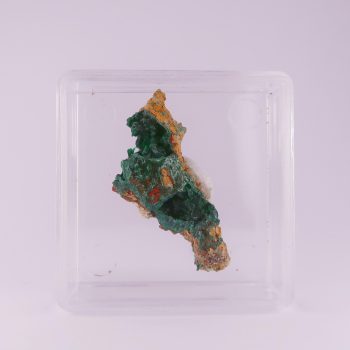
Malachite from Great Australia Mine, Australia
£2.50 -
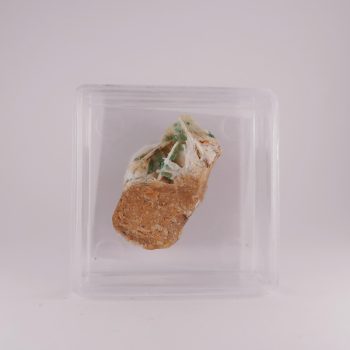
Malachite from Higher Roughton Gill, Cumbria
£10.00 -
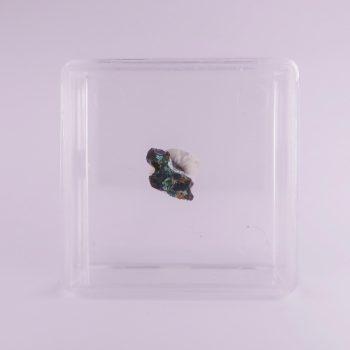
Malachite from Meadowfoot Smelter, Scotland
£2.50 -
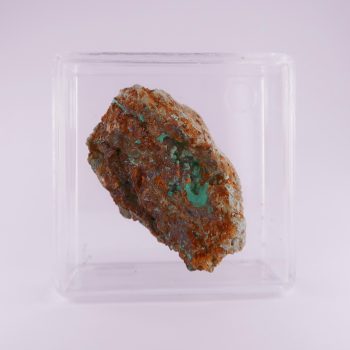
Malachite from Penberthy Croft Mine, Cornwall
£3.50 -

Malachite from Roughton Gill, Cumbria
£3.50 -
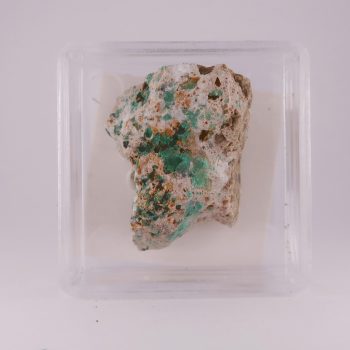
Malachite from Tistoulet mine, France
£10.00 -
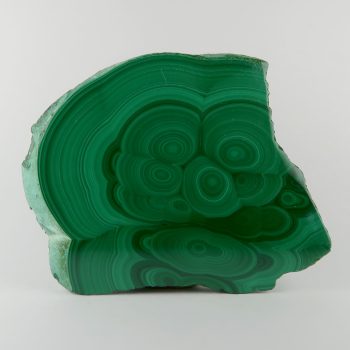
Malachite slices (polished)
£12.50 -
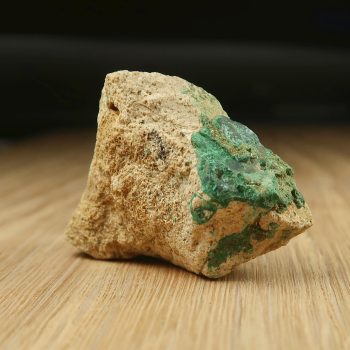
Malachite specimens from the Great Orme, Wales
Price range: £4.00 through £7.00 -
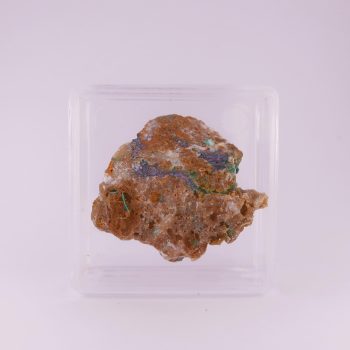
Malachite, Cuprite, Quartz from Great Australia Mine, Australia
£3.50 -
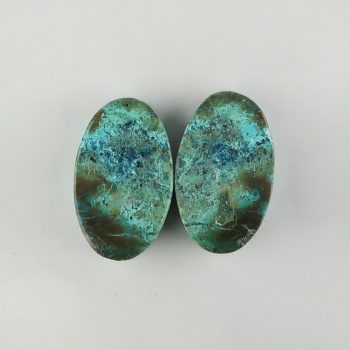
Shattuckite and Malachite cabochons (Pairs)
Price range: £5.00 through £10.00 -
New
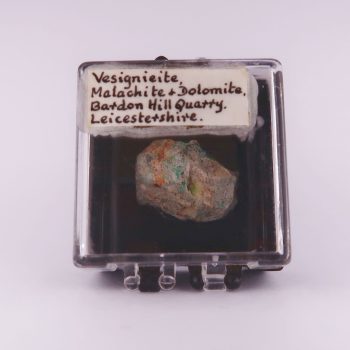
Vésigniéite and Malachite from Bardon Hill Quarry, Leicestershire
Price range: £12.50 through £20.00
Appearance
Malachite is a lovely banded green Copper ore, which is typically sold polished or carved to really show off the gorgeous colours.
Uses and History
It has been mined since antiquity. In Britain, the mines at Great Orme have been mined since around 3800 years ago for Copper production.
It is named after the ancient Greek word for “mallow”, which was a green herb.
Malachite was also used as a mineral pigment in green dyes until as late as the 1800s, after which it was replaced with synthetic forms.
As a decorative stone, it has been used in some truly grandiose designs, including rooms at the Hermitage and the Castillo de Chapultepec. Typically speaking, Malachite is either used as a Copper ore, polished or sold as a mineral specimen nowadays.
Locales
There are thousands of Malachite locales around the world, so it is impossible to list them all! Instead, I have listed some locales I have seen particularly nice specimens from. I’m sure more will be added in future!
Africa:
- Kambove District, Haut-Katanga, DR Congo
- Lubumbashi, Haut-Katanga, DR Congo
- Kolwezi mining district, Lualaba, DR Congo
- Um Samiuki, Eastern Desert, Red Sea, Egypt
- Tsumeb, Oshikoto Region, Namibia
- Ndola, Copperbelt Province, Zambia
Asia:
- Nehbandan County, South Khorasan Province, Iran
- Guichi District, Chizhou, Anhui, China
- Yangchun Co., Yangjiang, Guangdong, China
- Daye Co., Huangshi, Hubei, China
- Dongchuan District, Kunming, Yunnan, China
- Nizhnii Tagil, Sverdlovsk Oblast, Russia
Europe:
- Ortenaukreis, Freiburg Region, Baden-Württemberg, Germany
- Hof District, Upper Franconia, Bavaria, Germany
- Pécs, Baranya County, Hungary
- Rudabánya, Kazincbarcika District, Borsod-Abaúj-Zemplén County, Hungary
- Killimor, County Galway, Connacht, Ireland
- Beara Peninsula, Co. Cork, Ireland
- Elba Island, Livorno Province, Tuscany, Italy
- Gmina Janowice Wielkie, Jelenia Góra County, Lower Silesian Voivodeship, Poland
- Chęciny, Kielce Co., Świętokrzyskie Voivodeship, Poland
- Conceição, Vila Viçosa, Évora, Portugal
- Great Orme, Llandudno, Conwy, Wales, UK
- Botallack, St Just, Cornwall, England, UK
- Wheal Buller and Beauchamp, Redruth, Cornwall, England, UK
- Dodington, Bridgwater, Sedgemoor, Somerset, England, UK
South America:
- Antofagasta, Chile
- Paipote, Copiapó Province, Atacama, Chile
- Sierra Bolsico area, Vallenar, Huasco Province, Atacama, Chile
- Cuitaca, Santa Cruz Municipality, Sonora, Mexico
- Ojocaliente Municipality, Zacatecas, Mexico
- Yauyos Province, Lima, Peru
Antarctica:
Australia and Oceania:
- Condobolin district, Kennedy Co., New South Wales, Australia
- Batchelor, Coomalie Shire, Northern Territory, Australia
- Cloncurry, Cloncurry Shire, Queensland, Australia
- Mt Lofty Ranges, South Australia, Australia
- Whim Creek, Roebourne Shire, Western Australia, Australia
- North Flinders Ranges, Flinders Ranges, South Australia, Australia
North America:
- Galore Creek, Liard Mining Division, British Columbia, Canada
- Bisbee, Cochise County, Arizona, USA
Mineralogy
The crystal habits of Malachite lead to some pretty interesting variations, which give the mineral a good amount of variety for collectors.
Silky velvet Malachite is a fibrous form which seems to shimmer, and has a silky optical effect.
Botryoidal Malachite has an appearance similar to balls, or bunches of grapes – it is one of the more common formations and creates excellent banding.
Malachite stalactites have formed by precipitation – drop by drop. This creates interesting formations which can be sliced to give an amazing almost round cross section.
- Fibrous Malachite has a silky luster.
- Crystalline Malachite can have a vitreous luster.
- Massive Malachite typically has a dull to earthy luster.
Hazards and Warnings
If you are looking up the hazards of Malachite online, make sure not to confuse it with “Malachite Green”. This is a chemical used as a dye and an anti microbial agent, which can be quite toxic.
Malachite is relatively safe to handle – the danger comes from crushing, cutting, or otherwise working with it. Ingestion is the issue, really.
Almost all rocks, minerals (and, frankly, almost all other substances on earth) can produce toxic dust when cutting, which can cause serious respiratory conditions including silicosis.
When cutting or polishing rocks, minerals, shells, etc, all work should be done wet to minimise the dust, and a suitable respirator or extraction system should be used.
Translations
Arabic:
- الملكيت
Portuguese:
- Malaquita
Bengali:
- ম্যালাকাইট
Punjabi:
- ਮਲਾਕੀਟ
Russian:
- малахит
Japanese:
- マラカイト
Spanish:
- Malaquita
- Malachita
- Malakhita
- Molochita
German:
- Malachit
- Malakhit
- Molochit
Korean:
- 공작석
Thai:
- หินมาลาฮีท
Mandarin Chinese:
- 孔雀石
Urdu:
- مالاکیٹ

